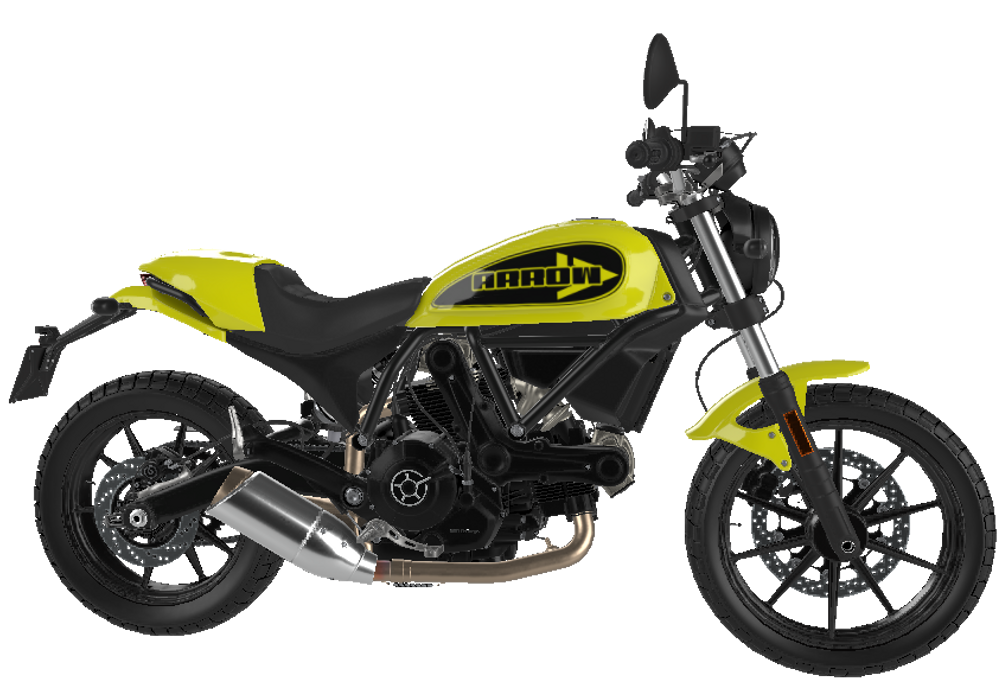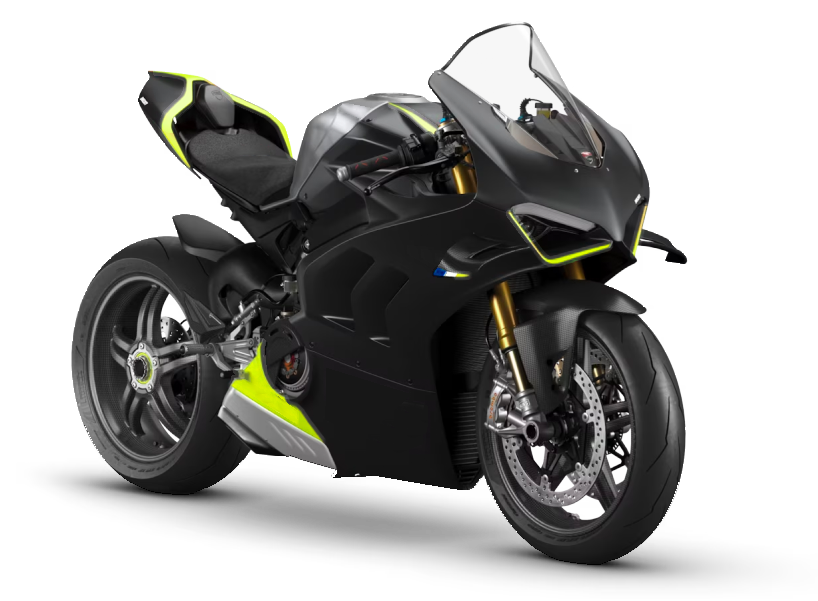
The cutting-edge technology transforming ecommerce and digital marketing – 3D Visualization. By bringing products to life on screen, 3D visualization allows customers to interact with digital twins, boosting engagement and driving sales. This immersive experience not only enhances user satisfaction but also significantly impacts SEO performance. With higher dwell times, reduced bounce rates, and increased conversions, 3D visualization has become an essential tool for businesses looking to stand out in the digital landscape.
Discover how this innovative technology can elevate your brand, improve search rankings, and provide a competitive edge in today's visually-buyer-driven digital world.
2x
ecommerce brands who focus on customer experience drive 2x the average order value.
95%
Capturing Real-World Dimensions: 3D image visualization begins with gathering accurate dimensions and textures of an object using advanced scanning technologies like photogrammetry or LiDAR. These tools create precise digital replicas that serve as the foundation for rendering.
Building a 3D Model: Artists and developers construct a 3D model using software like Blender, Maya, or CAD programs. This involves mapping the object’s structure, surface, and details into polygons or meshes, defining the framework for the visualization.
Texturing and Material Application: High-resolution textures and materials are added to mimic real-world appearances, such as wood grain, metal finishes, or fabric. This step enhances realism and interactivity, creating lifelike representations.
Lighting and Rendering: Virtual light sources are introduced to simulate natural or artificial lighting conditions. Rendering engines process this data to generate realistic images, shadows, and reflections that match user expectations.
Real-Time Interactivity: In ecommerce and design, 3D visualization often incorporates real-time rendering technology like WebGL or Unity, allowing users to interact with the model—rotating, zooming, or customizing features to explore products dynamically
Each step contributes to delivering a seamless, immersive visual experience, critical for industries ranging from retail to engineering.
By seamlessly blending artistry with cutting-edge technology, 3D visualization creates an immersive experience that brings products to life.
By leveraging these benefits, businesses can elevate customer experience, streamline operations, and gain a competitive edge in an increasingly digital world.
Industries embracing 3D visualization are not just innovating, they are redefining how businesses engage with their audiences.
Reduced operational costs: 3D visualization eliminates the need for repetitive photo shoots, cutting down on expenses associated with traditional photography like studio rentals, equipment, and staffing. While there is an initial investment in 3D visualization technology, it often pays off over time by eliminating recurring expenses associated with traditional photography, especially for businesses with large product catalogs or frequent updates.
Scalability & flexibility: Once a 3D model is created, it can be used across various platforms and marketing materials without additional photography. New product variations can be added quickly by adjusting existing 3D models, reducing ongoing costs.
Speed to market: Creating 3D models is often quicker than scheduling and conducting photo shoots, allowing retailers to bring new products to market faster.
Elimination of physical prototypes: 3D visualization reduces or eliminates the need for creating physical product prototypes, saving on materials and production costs.
Easy updates & mods: Changes to product designs or features can be made digitally without the need for new photo sessions, saving time and money on reshoot costs.
Reduced returns: 3D technology provides more accurate and detailed product visualizations, helping to reduce return rates and save on associated costs.
Efficient product development: Virtual prototypes can identify potential design issues early in the product development process, potentially saving costs on revisions and iterations.

The demand for immersive online experiences is growing rapidly as consumers expect more engaging and personalized shopping interactions. 3D visualization is no longer a novelty- it’s a competitive necessity.
Brands investing in this technology can differentiate themselves, reduce costs, and provide unparalleled user satisfaction.
The bottom line: By allowing shoppers to explore items from every angle and customize features in real-time, brands can enhance customer satisfaction and drive conversions. As you consider integrating this transformative technology into your strategy, we invite you to book a time with us to learn more. Our experts are ready to guide you through the process, showcasing how 3D visualization can elevate your brand and streamline your operations.

Schedule your consultation today & discover the future of online shopping.